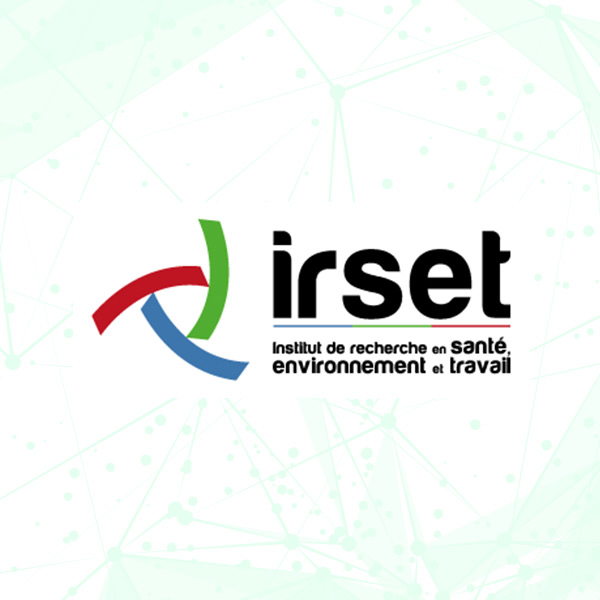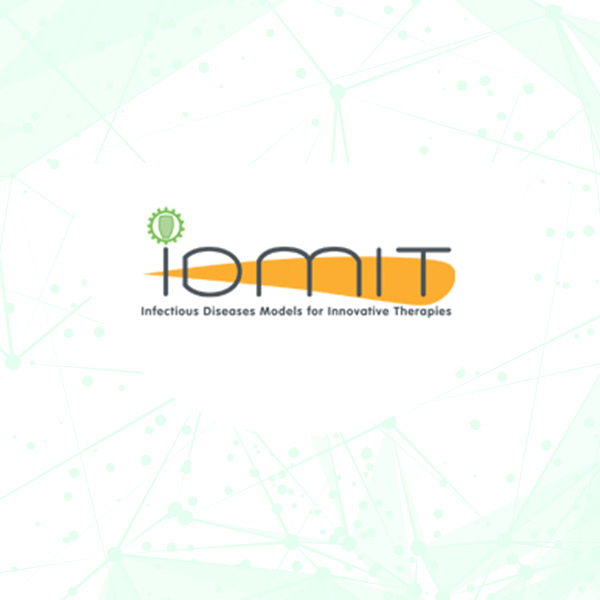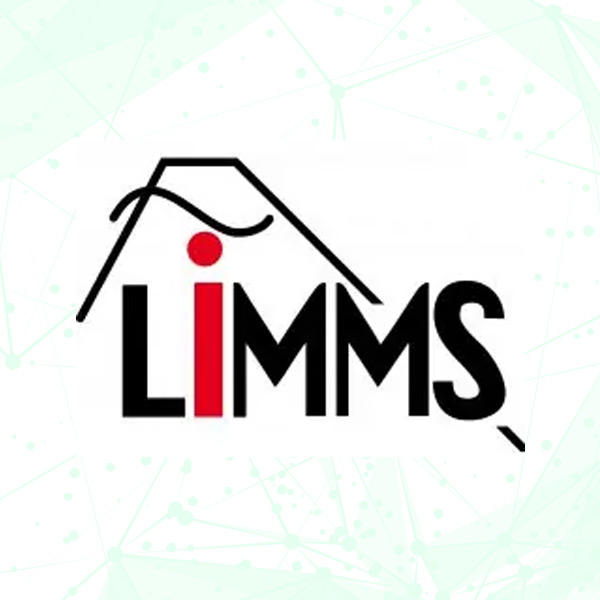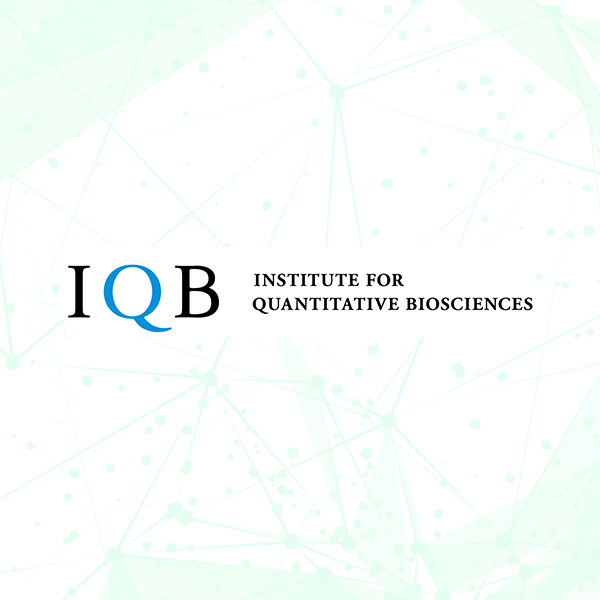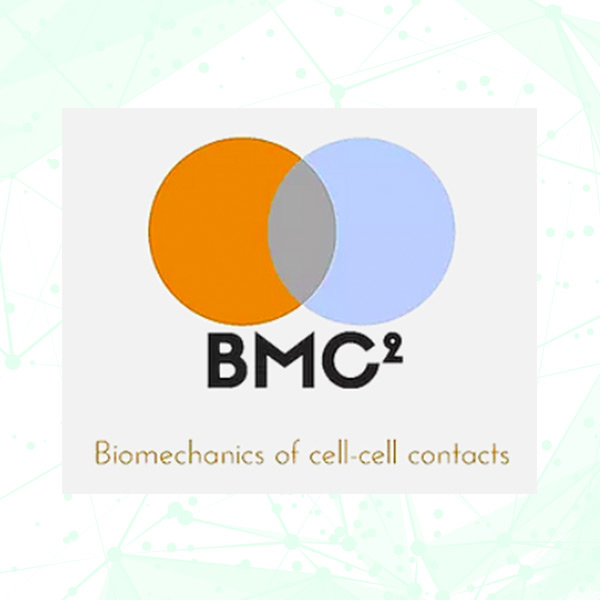The research laboratories
Pathophysiogenesis and Treatment of Liver Diseases (UMR-S 1193)
About partner
Pathophysiogenesis and Treatment of Liver Diseases (UMR-S 1193)
The joint research unit, under the supervision of Inserm and that of Paris-SaclayUniversity, is made up of five teams. It is made up of scientists and clinicians with strong recognition and expertise in research areas ranging from liver transplantation to the development of therapeutic strategies against fulminant hepatitis and primary liver cancers. Four of the UMR-S 1193 teams are involved in Hépatinov:
Therapeutic innovation in liver disease, liver transplantation and translational research Integrative biology, modeling and cell therapy of hepatic pathologies
Microbiota, inflammation and liver cancer
Cellular interactions and hepatic pathophysiology
Interactions between stem cells and their niches in physiology, oncology and in tissue repair (UMR-S 1197)
About partner
Interactions between stem cells and their niches in physiology, oncology and in tissue repair (UMR-S 1197)
The unit, under the supervision of Inserm and that of the Army Health Service, conducts projects in the fields of hematology, vascular biology, renal biology and tissue repair, studying the mutual interactions between stem cells of the respective tissues and their microenvironments (niches). The research programs include basic research as well as their medical applications. Clinical studies focus on cell therapy for tissue repair and immunoregulation of transplantation. The mutual interactions between tumor stem cells (leukemia and renal tumor) and their niches (bone marrow and renal tissue) are also studied.
Research Institute for Environmental and Occupational Health (irset)
About partner
Research Institute for Environmental and Occupational Health (irset)
Irset is a joint research unit of Inserm, Rennes 1 University and EHESP, in partnership with the University of Angers, the University of the Antilles, the CNRS, and the University Hospitals of Rennes, Angers and Pointe-à-Pitre. Its missions are to study the biological processes and environmental factors - physical, chemical, biological, professional and socio-cultural - which influence human health, and to respond to both citizen requests and government requests, by contributing to numerous studies and to the development of national programs. Irset participates in Hépatinov via one of its teams:
Infection, Immunity and Environmental Factors in Liver
Site web
Membranes and Therapeutic Targets (MCT)
About partner
Membranes and Therapeutic Targets (MCT)
The research activities of MCT, which is under the supervision of Inserm, of the Army Health Service and of the Aix-Marseille University, lie at the interface of chemistry and microbiology. MCT is focused on understanding the molecular and genetic bases of membrane transport in pathogenic bacteria and threat bacteria, which are involved in multi-drug resistance.
Immunology of viral, autoimmune, hematological and bacterial diseases (IDMIT)
About partner
Immunology of viral, autoimmune, hematological and bacterial diseases (IDMIT)
IDMIT is a joint scientific research and technological development unit between the CEA, the Paris-SaclayUniversity, Inserm, the Institut Pasteur, the ANRS and the company OncoDesign. It specializes in the field ofhuman infectious diseases and autoimmune diseases. It participates in Hépatinov via one of its teams:
Emerging resistance to antibiotics
The Laboratory for Integrated Micro Mechatronics Systems (LIMMS)
About partner
The Laboratory for Integrated Micro Mechatronics Systems (LIMMS)
LIMMS is an international joint unit between the CNRS (INSIS department) and the University of Tokyo. His research focuses on four areas: integrative bioengineering, biomicrosystems for translational research, energy and smart sensors. The laboratory is located in Tokyo and participates in Hépatinov via three of its units:
The Institute for Quantitative Biosciences (IQB)
About partner
The Institute for Quantitative Biosciences (IQB)
The goal of IQB, which is sponsored by the University of Tokyo and located in Tokyo, is to pursue cutting-edge science that explains biological processes in quantifiable terms. IQB is made up of four research clusters with clearly defined missions. IQB will advance quantitative approaches to the life sciences, leveraging genome biology, development and neuroscience by incorporating structural biology, bioinformatics, mathematical, physical, and artificial intelligence tools. IQB is involved in Hépatinov through one of its laboratories:
Laboratory of Stem Cell Therapy
Site web
The Biomechanics and Bioengineering Laboratory (BMBI)
About partner
The Biomechanics and Bioengineering Laboratory (BMBI)
Under the supervision of the CNRS and the University of Technology Compiègne (UTC), BMBI conducts its research in engineering for health by deploying biomechanics and bioengineering approaches. With the leitmotiv (comprendre pour faire), the laboratory draws its specificity from itsmultidisciplinary approach which gives it a system vision of the subjects of research.
SImulations in Medicine, BIOtechnology and ToXicology of multicellular systems (SIMBIOTX)
About partner
SImulations in Medicine, BIOtechnology and ToXicology of multicellular systems (SIMBIOTX)
SIMBIOTX, a laboratory of Institut national de recherche en sciences et technologies du numérique (Inria) aims at developing spatial-temporalin silico twins of the respective in vitro and in vivo systems at multiple levels. It implements computational models and tools with applications in systems medicine, biotechnology and toxicology to guide clinical and experimental designs and decisions. It targets in particular the reorganization of biological tissues, regenerative damage and disease progression as well as the associated transport and flow processes.
BioMechanics of Cell-cell contacts (BMC2)
About partner
BioMechanics of Cell-cell contacts (BMC2)
BMC2 is an international joint unit associating the CNRS and the National University of Singapore, located in Singapore. It is established within the MechanoBiology Institute, one of the Research Centers of Excellence. Within the CNRS, it is attached to the INSB. BMC2 is interested in understanding how mechanical forces organize structure and contributes to the signaling at cell-cell junctions. It tackles this problem at the single junction scale as well as at the organ level. In particular, the laboratory studies the mechanobiology of single cell-cell contacts of epithelial and liver cells.
The Pediatric Hepatology and Cell Therapy Laboratory
About partner
The Pediatric Hepatology and Cell Therapy Laboratory
The laboratory is attached to the pediatrics pole of the Institute for Experimental and Clinical Research (IREC) of the Louvain University. It is particularly invested in research relating to cell therapy of metabolic disorders of the liver, by hepatocyte transplantation, hepatocyte differentiation of adult stem cells (liver, marrow, umbilical cord) and hepatic tissue repair by adult stem cells.





